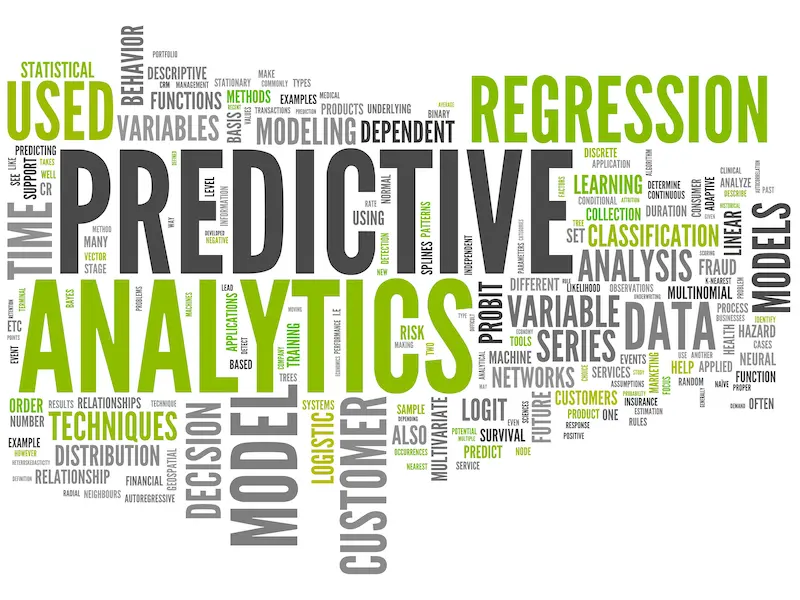- Predictive analytics often uses supervised learning because it relies on labelled historical data to make accurate predictions about future events.
- Supervised learning algorithms are trained on input-output pairs, enabling them to identify patterns and relationships that can be used to forecast outcomes.
Supervised learning is a type of machine learning where an algorithm is trained on a dataset that includes both input data and corresponding output labels. The goal is for the model to learn the relationship between the input and output so that it can accurately predict the output for new, unseen data. This approach is fundamental in predictive analytics because it enables the creation of models that can forecast future events based on patterns learned from historical data.
Also read: 6 key features of PRTG network monitoring tool
Also read: What is the deep neural network?
The reliance of predictive analytics on supervised learning
Dependence on historical data: Predictive analytics heavily relies on historical data to forecast future outcomes. This data is often labelled, meaning that the outcomes or results are already known. Supervised learning techniques use these labels to learn the relationships between input features (e.g., customer demographics) and output labels (e.g., purchase likelihood), which is essential for making predictions.
Training with input-output pairs: In supervised learning, the algorithm is provided with input-output pairs during training. For example, in a sales prediction model, the inputs might include factors like advertising spend, seasonality, and previous sales figures, while the output is the actual sales number. The algorithm learns to map these inputs to the correct outputs, allowing it to predict future sales based on new input data.
Pattern recognition: Supervised learning algorithms are particularly effective at recognising patterns within labelled data. This pattern recognition is crucial for predictive analytics, as it allows the model to generalise from past examples and apply this understanding to new situations, thereby making accurate predictions about future events.
Improving model accuracy: The use of supervised learning techniques in predictive analytics often results in higher accuracy because the models are continuously refined using labelled data. This iterative process helps the algorithm improve its predictions over time, making it more reliable for decision-making.
Predictive analytics often utilises supervised learning techniques because of their effectiveness in leveraging labelled historical data to forecast future outcomes. By training on input-output pairs, supervised learning algorithms can identify patterns and relationships that are critical for making accurate predictions. This makes supervised learning an integral part of the predictive analytics process, helping organisations make informed, data-driven decisions.

